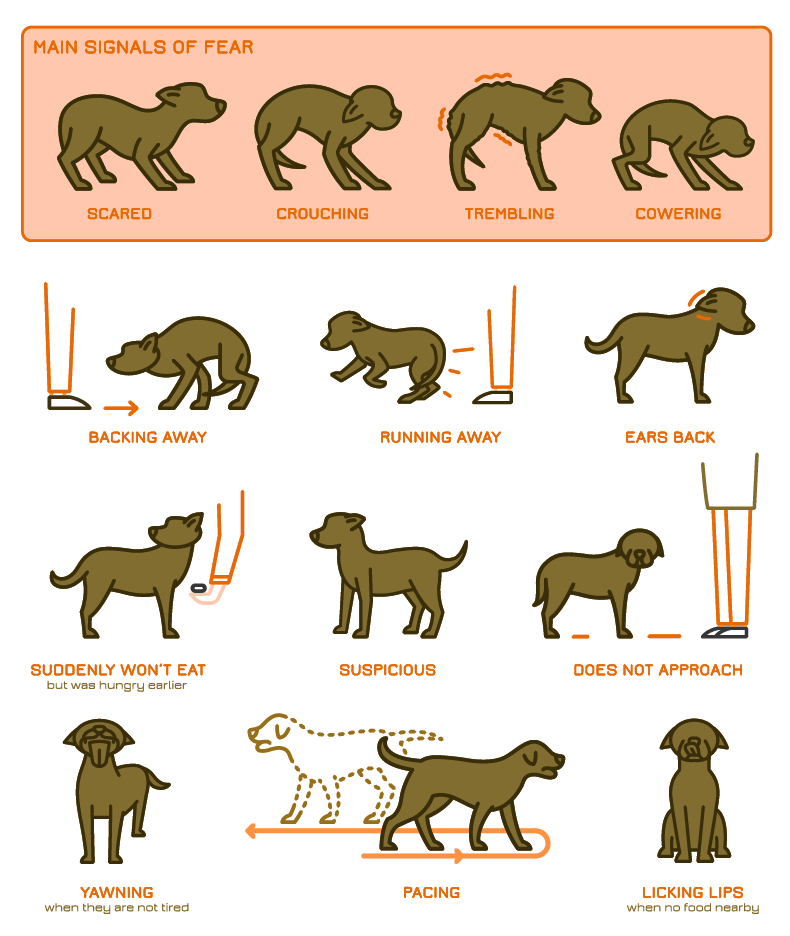Dog fear and anxiety are among the most challenging emotions that pets and owners face, often manifesting as reactive behaviour that can be misinterpreted as aggression. These emotional states not only affect our furry friends’ wellbeing but can also trigger defensive reactions stemming from their fight-or-flight response. When a dog feels threatened and cannot escape a situation, they may resort to behaviours like barking, lunging, or growling to create distance from the perceived threat. While these reactions might seem aggressive to us, they’re actually signs of your dog feeling overwhelmed and trying to protect themselves.
Understanding this connection between emotional state and reactive behaviour is crucial – it helps us address the root cause rather than just managing the symptoms, making everyday situations less stressful for everyone involved. By recognizing that reactivity often stems from underlying distress, we can approach our dogs with more empathy and develop more effective strategies to help them feel secure.
Reading Fear and Anxiety Signals
Reading your dog’s body language is crucial for identifying when they’re feeling fearful or anxious. While some signals are obvious, others can be subtle and easily missed by even the most attentive owners. Dogs communicate their emotional state through various physical signals and behavioural changes that we need to learn to interpret correctly.
Dogs experiencing distress might exhibit behavioural signs such as excessive barking, destructive behaviour, or inappropriate toileting. These behaviours aren’t your dog being naughty – they’re genuine expressions of emotional distress that require our understanding. Learning to recognise these signals early can help prevent situations from escalating and allow you to better support your dog through challenging moments.
To help you recognize these important signals in your own dog, refer to the illustration below which shows the main behavioural signs of fear and anxiety:

Supporting Your Anxious Dog
Helping an anxious or fearful dog requires patience and consistency. The first step is always to ensure your dog feels safe and secure in their environment. Create quiet spaces where they can retreat when feeling overwhelmed, and never force interactions that make them uncomfortable. Professional training using positive reinforcement techniques can help build your dog’s confidence and teach them better coping mechanisms.
For dogs showing signs of distress, it’s essential to work with qualified professionals who understand the delicate nature of these emotional challenges. They can help develop a tailored approach that addresses your dog’s specific triggers while building their confidence in a safe, controlled manner.
Remember, fear and anxiety in dogs are natural emotions that shouldn’t be punished or dismissed. By recognising these feelings and responding with empathy and appropriate training techniques, we can help our reactive dogs develop better coping mechanisms and live happier, more confident lives. With time, patience, and the right support, many dogs can overcome their fears and anxieties to become more relaxed and balanced companions.

Leave A Comment